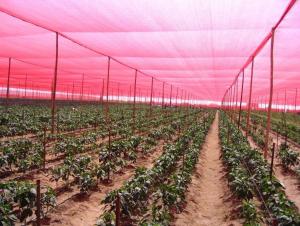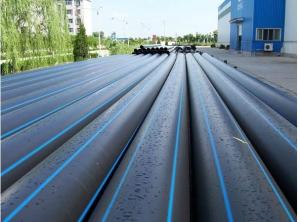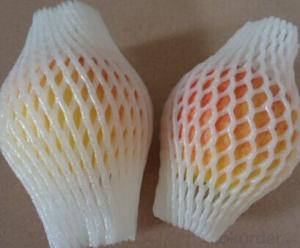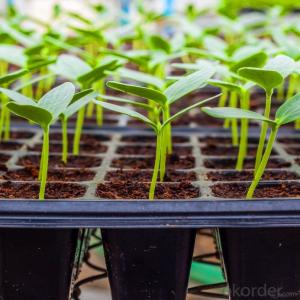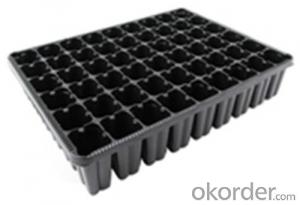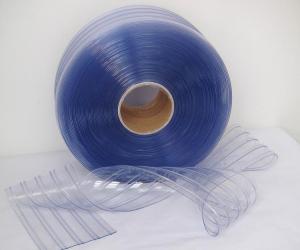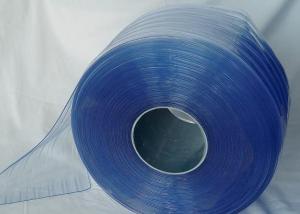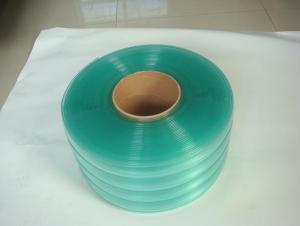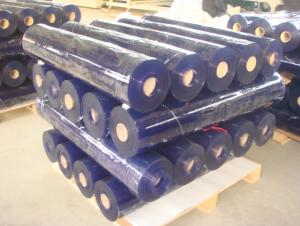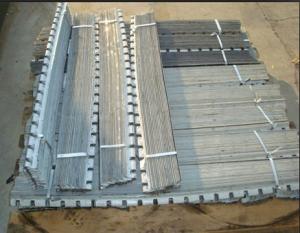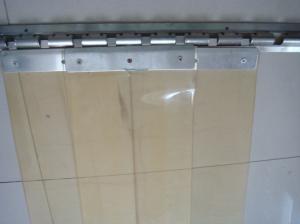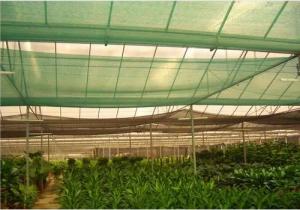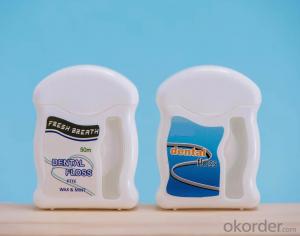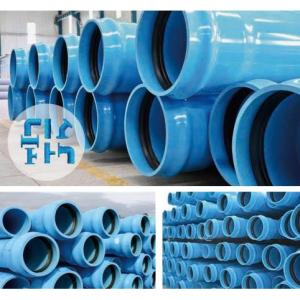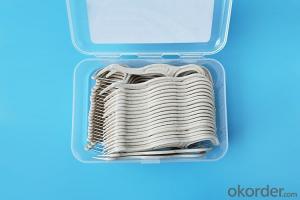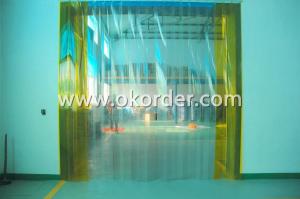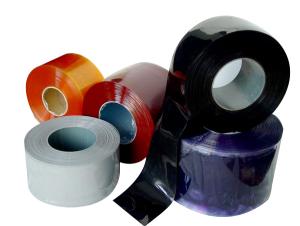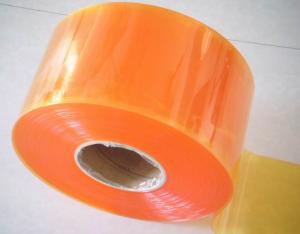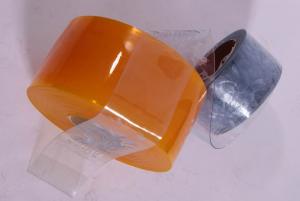Panel Curtains With Flower Pattern Warp Knitting eyelet
- Loading Port:
- Ningbo
- Payment Terms:
- TT or LC
- Min Order Qty:
- 1000 m
- Supply Capability:
- 500000 m/month
OKorder Service Pledge
Quality Product, Order Online Tracking, Timely Delivery
OKorder Financial Service
Credit Rating, Credit Services, Credit Purchasing
You Might Also Like
The curtain could be used in home and office for decorating or shading. The material of products in our company is eco- friendly and durable, and the UV-protection for this goods is strong. It's easy to install and disassemble to clean. And it looks quite beautiful and practical. The main materials for curtain are polyester and non-woven cloth, its track is aluminum and the snap is plastic.At the same time, Material, color and size can be customized as customer's demand.




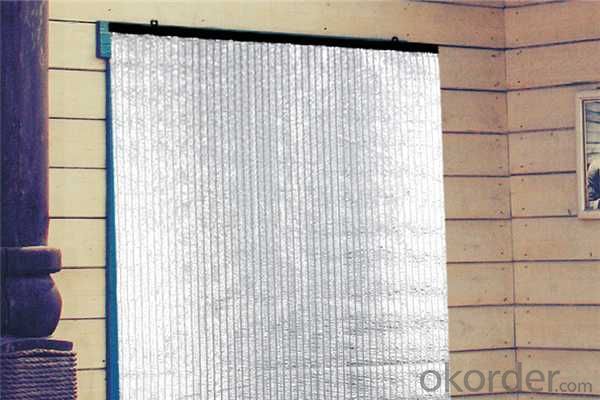



- Q:How can plastic parts in vacuum cleaners handle the constant suction force?
- Plastic parts in vacuum cleaners are designed to handle the constant suction force through a combination of material selection and structural design. The choice of high-strength and durable plastics, such as ABS or polycarbonate, ensures that the parts can withstand the forces exerted during operation. Additionally, the design of these parts takes into account the distribution of stress and reinforcement features, such as ribbing or gussets, to provide strength and rigidity. This ensures that the plastic parts can effectively withstand the constant suction force without compromising their functionality or integrity.
- Q:Are plastic home appliances resistant to mold or mildew?
- Plastic home appliances are generally resistant to mold or mildew due to their non-porous nature, which makes it difficult for moisture to seep into the material and promote mold growth. However, it is important to note that if there are any cracks or crevices on the appliance's surface, moisture can accumulate and create a suitable environment for mold or mildew to develop. Therefore, regular cleaning and maintenance are still necessary to prevent any potential growth.
- Q:Can plastic parts in home appliances be easily repaired with common household tools?
- No, plastic parts in home appliances typically require specialized tools and expertise for repair.
- Q:Can plastic parts in home appliances be affected by exposure to harsh weather conditions?
- Yes, plastic parts in home appliances can be affected by exposure to harsh weather conditions. Extreme temperatures, such as excessive heat or cold, can cause the plastic to warp, crack, or become brittle. Additionally, prolonged exposure to sunlight can lead to discoloration and degradation of the plastic material. It is important to protect home appliances from harsh weather conditions to maintain their performance and longevity.
- Q:Can plastic in home appliances be easily cleaned and maintained?
- Yes, plastic in home appliances can generally be easily cleaned and maintained. Plastic surfaces can be wiped clean with a damp cloth and mild detergent. Additionally, regular dusting and avoiding harsh chemicals can help maintain the appearance and functionality of plastic components.
- Q:How do home appliance plastics contribute to the overall safety and reliability of the appliance?
- Home appliance plastics play a crucial role in ensuring the overall safety and reliability of the appliance. These plastics are specifically chosen for their excellent thermal and electrical insulating properties, which prevent the risk of electrical shocks or fires. Additionally, they are resistant to corrosion, ensuring the longevity and durability of the appliance. Moreover, these plastics are lightweight and easily moldable, allowing for the design of ergonomic and user-friendly appliances. Overall, home appliance plastics contribute to the safety and reliability by offering insulation, corrosion resistance, and enhanced design capabilities.
- Q:The production of plastic mold products when the head will break what reason is
- With the rapid development of plastic industry and the continuous improvement of general and engineering plastics in the field of strength, the range of application of plastic products is also expanding, and the consumption of plastic products is also rising.A plastic mold is a tool for the manufacture of plastic products consisting of a number of parts in which the molding cavity is formed. Injection molding, mold clamping in injection molding machine, the molten plastic is injected into the molding cavity, and cooling in the cavity shape, and then die down to separate out the system through the top products from the top of the left mold cavity, the mold is closed again for the next injection, the injection molding process is carried out of the cycle.
- Q:Do plastic home appliances require any special installation procedures?
- No, plastic home appliances typically do not require any special installation procedures. They are usually designed to be user-friendly and can be easily set up without any additional requirements.
- Q:How does plastic affect the overall cost of home appliances?
- Plastic plays a significant role in reducing the overall cost of home appliances as it is a cheaper and more easily accessible material compared to alternatives like metal or glass. The use of plastic in various components of appliances helps manufacturers lower production costs, resulting in more affordable prices for consumers.
- Q:Are there any specific guidelines for using plastic parts in home appliances with electrical components?
- Yes, there are specific guidelines for using plastic parts in home appliances with electrical components. These guidelines are primarily concerned with the safety and performance of the appliances. They include ensuring that the plastic materials used are heat-resistant, have sufficient electrical insulation properties, and comply with relevant safety and regulatory standards. Additionally, guidelines may also address the need for proper grounding, protection against electrical shocks, and the avoidance of potential fire hazards. Adhering to these guidelines is crucial for maintaining the overall safety and functionality of home appliances with electrical components.
1. Manufacturer Overview |
|
|---|---|
| Location | |
| Year Established | |
| Annual Output Value | |
| Main Markets | |
| Company Certifications | |
2. Manufacturer Certificates |
|
|---|---|
| a) Certification Name | |
| Range | |
| Reference | |
| Validity Period | |
3. Manufacturer Capability |
|
|---|---|
| a)Trade Capacity | |
| Nearest Port | |
| Export Percentage | |
| No.of Employees in Trade Department | |
| Language Spoken: | |
| b)Factory Information | |
| Factory Size: | |
| No. of Production Lines | |
| Contract Manufacturing | |
| Product Price Range | |
Send your message to us
Panel Curtains With Flower Pattern Warp Knitting eyelet
- Loading Port:
- Ningbo
- Payment Terms:
- TT or LC
- Min Order Qty:
- 1000 m
- Supply Capability:
- 500000 m/month
OKorder Service Pledge
Quality Product, Order Online Tracking, Timely Delivery
OKorder Financial Service
Credit Rating, Credit Services, Credit Purchasing
Similar products
New products
Hot products
Hot Searches
Related keywords









